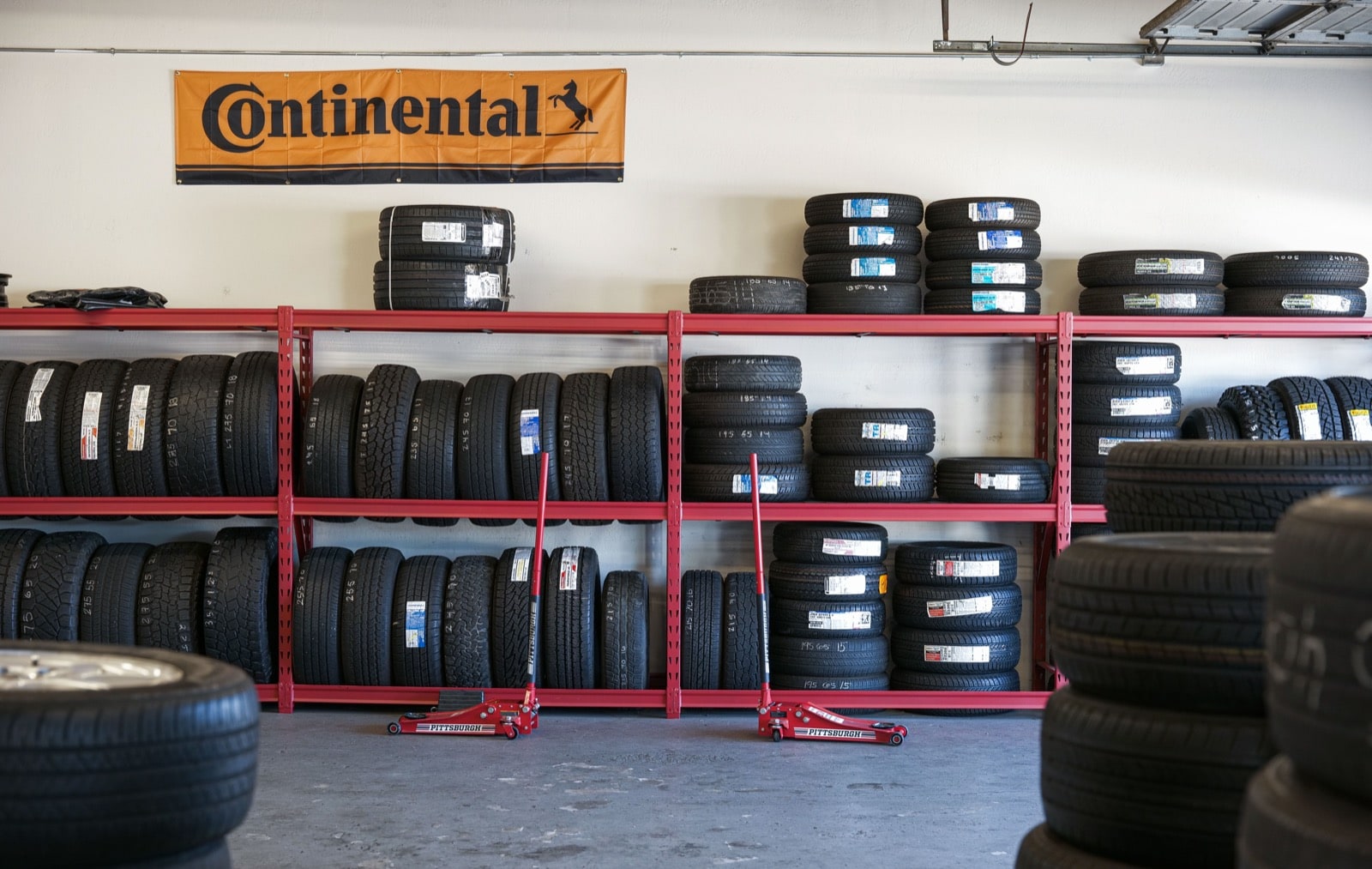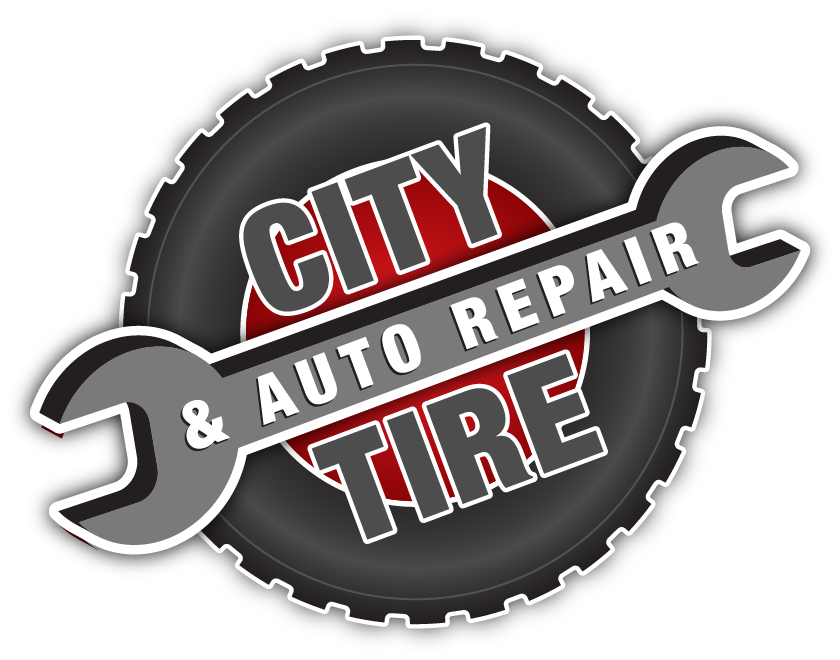The Scientific Research Behind Tire Repair and Safety
When it involves the detailed globe of tire maintenance and security, there exists a realm of scientific research that frequently continues to be undetected by the ordinary motorist - discount tires morris il. The products that compose a tire, the impact of tire pressure on total safety and security, the ramifications of walk wear, the elaborate characteristics of tire traction, and the often-overlooked relevance of proper wheel alignment all play crucial roles in guaranteeing an automobile operates securely and efficiently. As we navigate with the complexities of tire repair work and security, it becomes evident that a deeper understanding of these clinical concepts is not only useful yet crucial for every vehicle driver on the road
Tire Structure and Performance
What materials make up the composition of tires, and exactly how do these components add to their functionality on the roadway? Steel cords are integrated to improve the tire's toughness and help it maintain its shape under various roadway problems.
The rubber substances use grip and grip, enabling the tire to adhere to the road surface area and supply security during velocity, braking, and cornering. Overall, the cautious option and mix of these materials make sure that tires can execute successfully and safely on numerous road surfaces and conditions.
Impact of Tire Stress on Security
Maintaining appropriate tire stress is vital for ensuring ideal safety and efficiency while driving. The impact of tire pressure on security can not be overemphasized. Underinflated tires are susceptible to getting too hot, which can result in tire blowouts, especially at broadband. In addition, low tire pressure influences the handling and responsiveness of the lorry, increasing the threat of mishaps, specifically during emergency maneuvers. On the various other hand, overinflated tires have less contact with the roadway surface area, lowering traction and creating uneven wear on the tire footsteps. This jeopardizes the automobile's stability and stopping effectiveness, positioning a substantial safety and security hazard. Appropriately filled with air tires also play a critical function in gas performance, as underinflated tires can increase rolling resistance, resulting in decreased gas mileage. On a regular basis inspecting and preserving the appropriate tire stress not just makes certain safety and security but also prolongs the life expectancy of the tires, reducing substitute prices over time.
Tread Put On and Its Effects
Appropriate monitoring of tire step wear is vital for making certain optimal performance and safety on the roadway. As tires put on down, the depth of the walk decreases, lowering the tire's capacity to preserve traction, specifically in damp or slippery conditions. The walk pattern and deepness play a vital role in carrying water far from the tire to stop hydroplaning and maintaining grip on the road surface.
Irregular wear might suggest concerns with tire placement, suspension, or inflation elements. Wear indicators are built right into the tire walk and become visible when the walk deepness reaches a certain reduced point, suggesting the requirement for immediate substitute.
Comprehending Tire Grip Characteristics
Checking tire walk wear not just ensures optimal efficiency and safety and security however additionally directly impacts the grip characteristics of the tires on various road surfaces. Tire traction is a crucial aspect of vehicle handling and safety, as it identifies the hold in between the tires and the roadway. Traction characteristics differ depending upon roadway conditions such as dry sidewalk, damp roads, snow, or ice.

Recognizing tire grip characteristics is essential for drivers to adapt their driving actions according to the road conditions. discount tires morris il. Routinely inspecting tire step depth and problem can read more significantly boost traction performance, making sure safer driving experiences across numerous surfaces
Significance of Proper Wheel Alignment
Making sure right wheel alignment plays an essential function in maximizing automobile performance and expanding tire longevity. Correct wheel placement entails adjusting the angles of the wheels to supplier specifications, guaranteeing that they are perpendicular to the ground and parallel to each various other. When placement is off, it can bring about uneven tire wear, reduced gas effectiveness, and endangered handling.
Among the vital advantages of maintaining correct wheel positioning is improved taking care of and security. Misaligned wheels can cause the lorry to pull away, influencing steering control and overall driving experience. Additionally, right alignment promotes also tire wear, stopping premature tire substitute and conserving on upkeep expenses in the future.

Final Thought
In final thought, the science behind tire fixing and safety and security is essential for maintaining car performance and ensuring motorist safety. By comprehending tire structure, stress, step wear, grip characteristics, and wheel alignment, motorists can stop accidents and extend the life-span of their tires. Correct upkeep and routine assessments are essential for optimum tire performance and general automobile safety. visit this site By following these guidelines, motorists can drive confidently understanding that their tires remain in great condition.
The products that make up a tire, the impact of tire pressure on total security, the ramifications of step wear, the detailed dynamics of tire grip, and the often-overlooked relevance of correct wheel alignment all play essential roles in making certain a vehicle runs safely and effectively. On the other hand, overinflated tires have much less contact with the road surface area, decreasing traction and triggering irregular wear on the tire footsteps. Frequently examining and preserving the correct tire pressure not only guarantees security but additionally extends the lifespan of the tires, conserving on substitute expenses in the lengthy run.
Keeping track of tire step wear not just makes certain optimum performance and safety and security but additionally directly affects the traction characteristics of the tires on various roadway surfaces. Tire traction is a vital facet of car handling and security, as it identifies the hold in between the tires and the road.